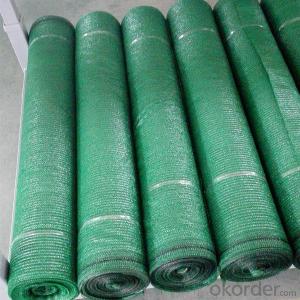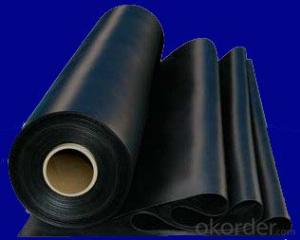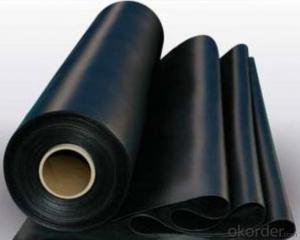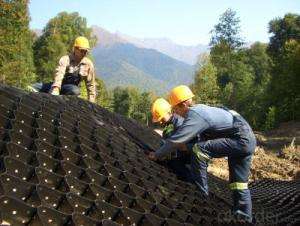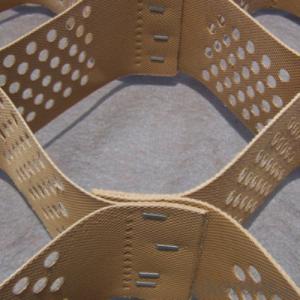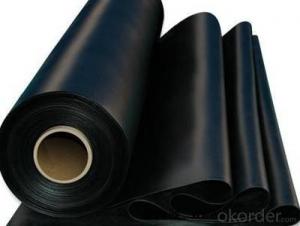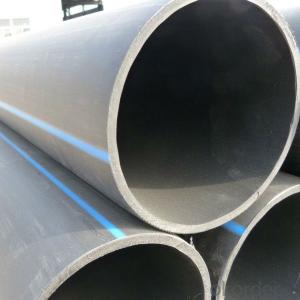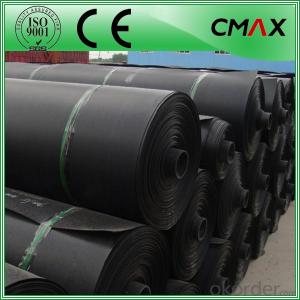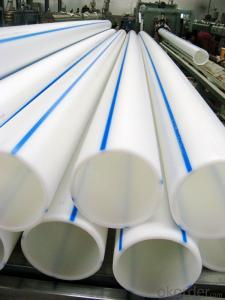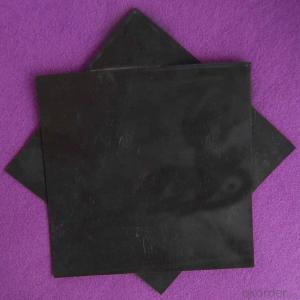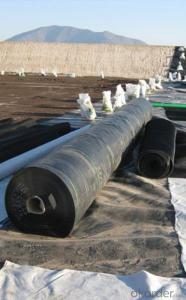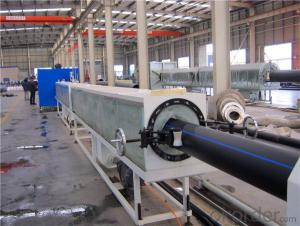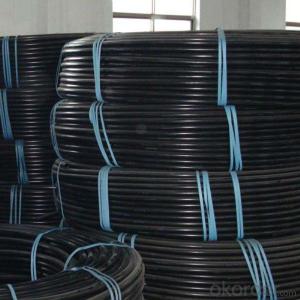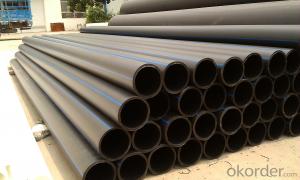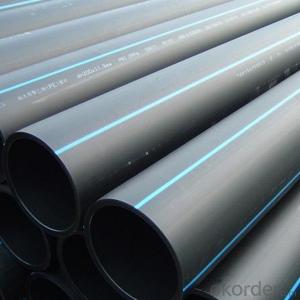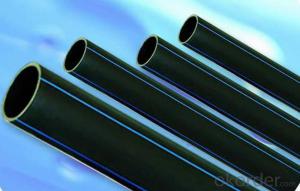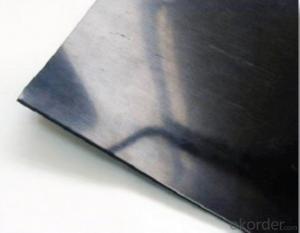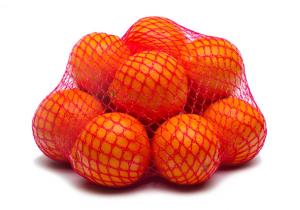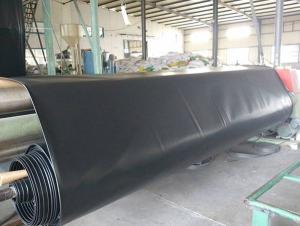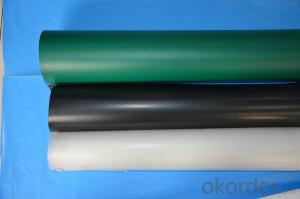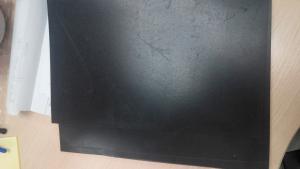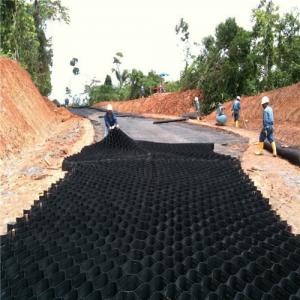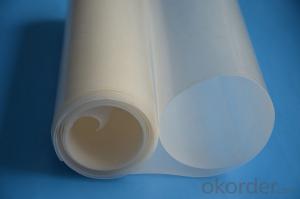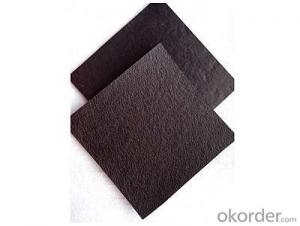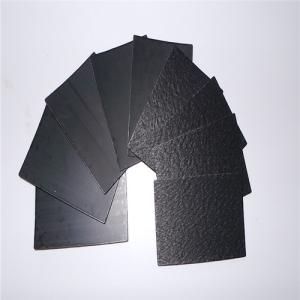Geomembrana Hdpe Sodimac
Geomembrana Hdpe Sodimac Related Searches
Geomembrana In Hdpe White Plastic Sun Loungers Uv Coated Polycarbonate Panels Bopp Film 100 Microns Geomembrana Hdpe 2 Mm Precio Fruit Foam Net Hdpe Membrane 40 Mil Hdpe Liner Second Hand Sun Loungers Hdpe GeogridHot Searches
China Pvc Geomembrane China Geomembrane Roll Sheet Hdpe Geomembrane Sheet Price Hdpe Geomembrane China China Geomembrane Geomembrane China Hdpe Geomembrane Price Geomembrane Liner Price Geomembrane Price Cost To Waterproof A Basement Waterproof Plywood Cost Waterproof Mdf Suppliers Wholesale Hdpe Geomembrane Roll Geomembrane Factory Wholesale Liner Hdpe Geomembrane Wholesale Geomembrane Hdpe Wholesale Hdpe Geomembrane Geotextile Membrane Suppliers Geomembrane Market Size Geomembrane For SaleGeomembrana Hdpe Sodimac Supplier & Manufacturer from China
Okorder.com is a professional Geomembrana Hdpe Sodimac supplier & manufacturer, offers integrated one-stop services including real-time quoting and online cargo tracking. We are funded by CNBM Group, a Fortune 500 enterprise and the largest Geomembrana Hdpe Sodimac firm in China.Hot Products
FAQ
- nan
- High density, good anti-seepage ability, light weight.
- Geomembranes have certain limitations when it comes to high-pressure applications. Firstly, they may not possess the necessary tensile strength to withstand the high pressures exerted on them, leading to potential ruptures or leaks. Additionally, geomembranes are susceptible to punctures or damage from sharp objects or abrasion, which can be exacerbated in high-pressure environments. Moreover, the ability of geomembranes to maintain a proper seal or prevent leakage under extreme pressure conditions may be compromised. Therefore, careful consideration must be given to ensure that the selected geomembrane is suitable for the specific high-pressure application to avoid potential failures.
- nan
- The classification of soft film smallpox: The classification of soft membrane: 1, optical mask soft film has strong light sensation, it can produce reflective effect which is similar to a mirror. 1, film light soft membrane has strong light sensation which can produce reflective effect similar to a mirror. 2, this product of transmitting film soft film is milky white and semitransparent. 2, Translucent membrane soft membrane is milky white and translucent. The effect of light transmission in closed space is more than 75%.
- nan
- Ceramic membrane is relatively better.
- nan
- The tile protective films can be divided into 3 categories. 1) Plastic film can be removed by hand or steel wool. 2) Anti-fouling agent packaging film can be removed by towel with white cement. 3) Tile wax protective film which can be removed by dry towel, electric diluent, banana oil, or talcum powder with white cement.
- Geomembranes contribute to the preservation of river ecosystems by serving as a protective barrier, preventing contaminants from seeping into the riverbed and water. This helps to maintain the water quality, habitat, and biodiversity of the river, ensuring the survival of various species and the overall health of the ecosystem.
- Geomembranes, which are synthetic liners used for containment and barrier systems, generally perform well in high seismic activity areas. These liners are designed to be flexible and can withstand ground movements caused by earthquakes. The ability of geomembranes to adapt to the shifting ground helps prevent leakage or damage to underlying structures, providing effective containment and protection in seismic-prone regions. Additionally, their durability and resistance to punctures and tears make them reliable and suitable for such areas.
- Geomembranes offer several advantages in oil spill containment. Firstly, they provide a highly effective barrier between the spilled oil and the surrounding environment, preventing its spread and minimizing the risk of contamination. Secondly, they are flexible and can be easily deployed in various terrains, including water bodies and rough terrains, making them versatile in different spill scenarios. Additionally, geomembranes are durable and resistant to degradation from oil, UV radiation, and harsh weather conditions, ensuring long-term effectiveness. Furthermore, their impermeability ensures the captured oil can be efficiently recovered, facilitating cleanup efforts. Overall, the use of geomembranes in oil spill containment enhances environmental protection and enables swift and efficient response to minimize the impact of spills.


